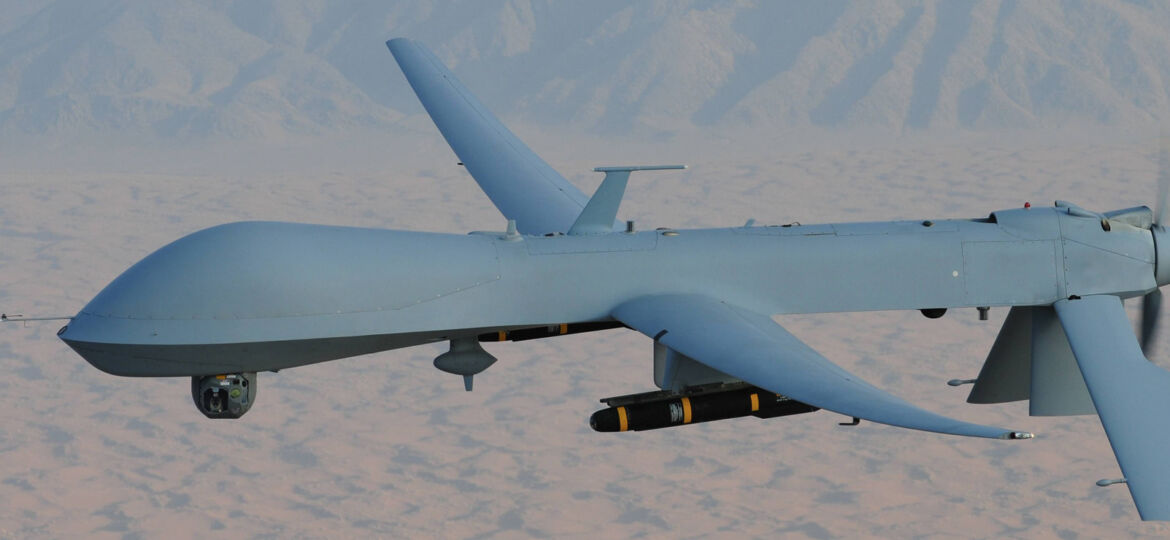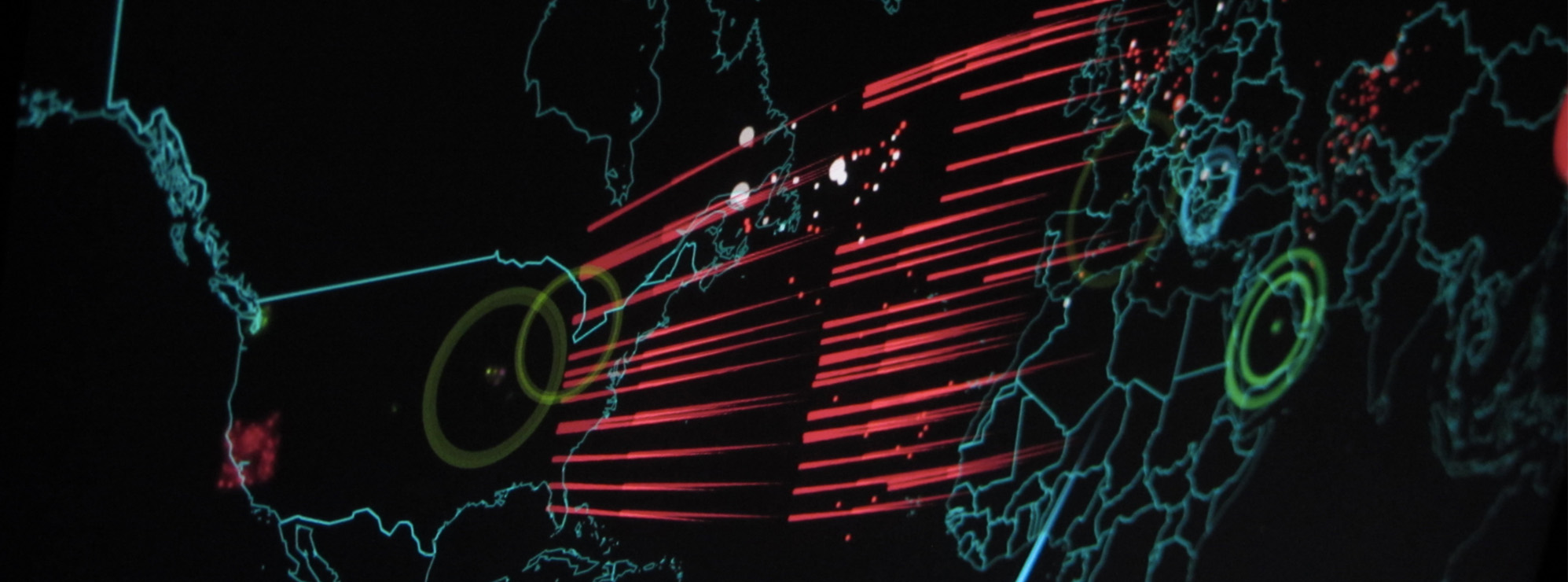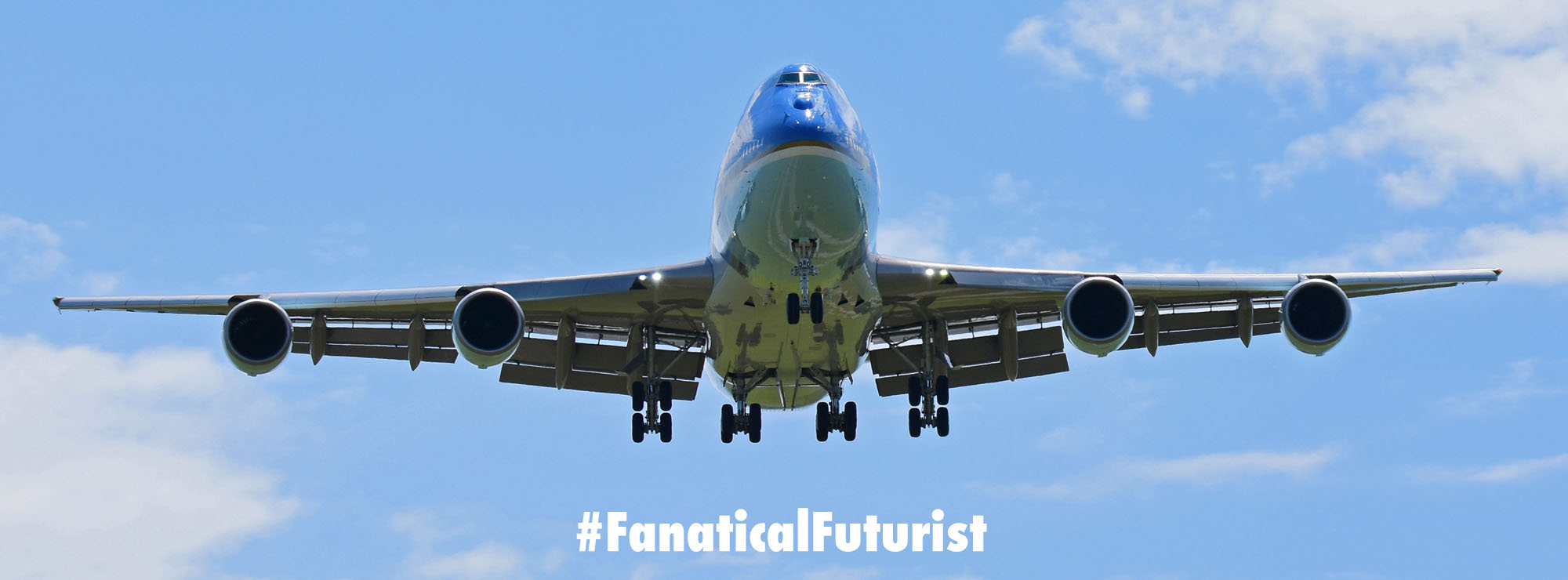
WHY THIS MATTERS IN BRIEF
Security forces are about to get a new tool in the fight against terror.
Scientists at a US university have developed “bomb sniffing drones” which are being lauded as the ultimate weapon against terror attacks involving explosives.
Researchers at the University of Wisconsin Madison have managed to miniaturize a Gamma and Neutrino ray sensor technology more commonly used at security checkpoints and airports to scan for chemical and nuclear weapons, as well as drugs and put it into a package that can be attached to a drone.
While the bomb finding drones could be used in combat zones such as Iraq and Syria to help detect roadside bombs or in countries such as Iran to ensure its government is complying with its commitment not to manufacture nuclear weapons it could also be used to map valuable mineral deposits or rescue survivors from the rubble of natural disasters such as earthquakes.
Developed in recent months, it will take at least a year for it to reach the market, but those in the military are excited by its potential.
“Its applications are only limited by the imagination of the user,” said John Weidner, who helps manage the US Department of Energy’s National Nuclear Security Administration, “and I think this can be a tremendous tool.”
In addition to its potential application in combat zones, such technology could conceivably be used to fly around airport terminals, cities, large concerts or sporting events in an effort to thwart potential terror attacks and Japan is reportedly already interested in deploying the technology for the 2020 Summer Olympic Games in Tokyo.
However fears over the radiation produced by the drone technology could be a major hurdle for such public applications.
“Unfortunately people have this natural, sometimes irrational fear of radiation that can cause them to prejudge,” Mr Weidner said.
While anxiety over the radiation emitted is certainly an issue, according to Jerry Kulcinski, a professor of nuclear engineering and director of the lab responsible for developing the technology, a person in the target area would be exposed to the same amount of radiation as someone spending 10 minutes aboard an airplane at 9,000m.
It’s early days for the technology and plenty of questions still remain such as its ability to detect weapons encased by lead or steel but the development of the technology has certainly created some excitement.















